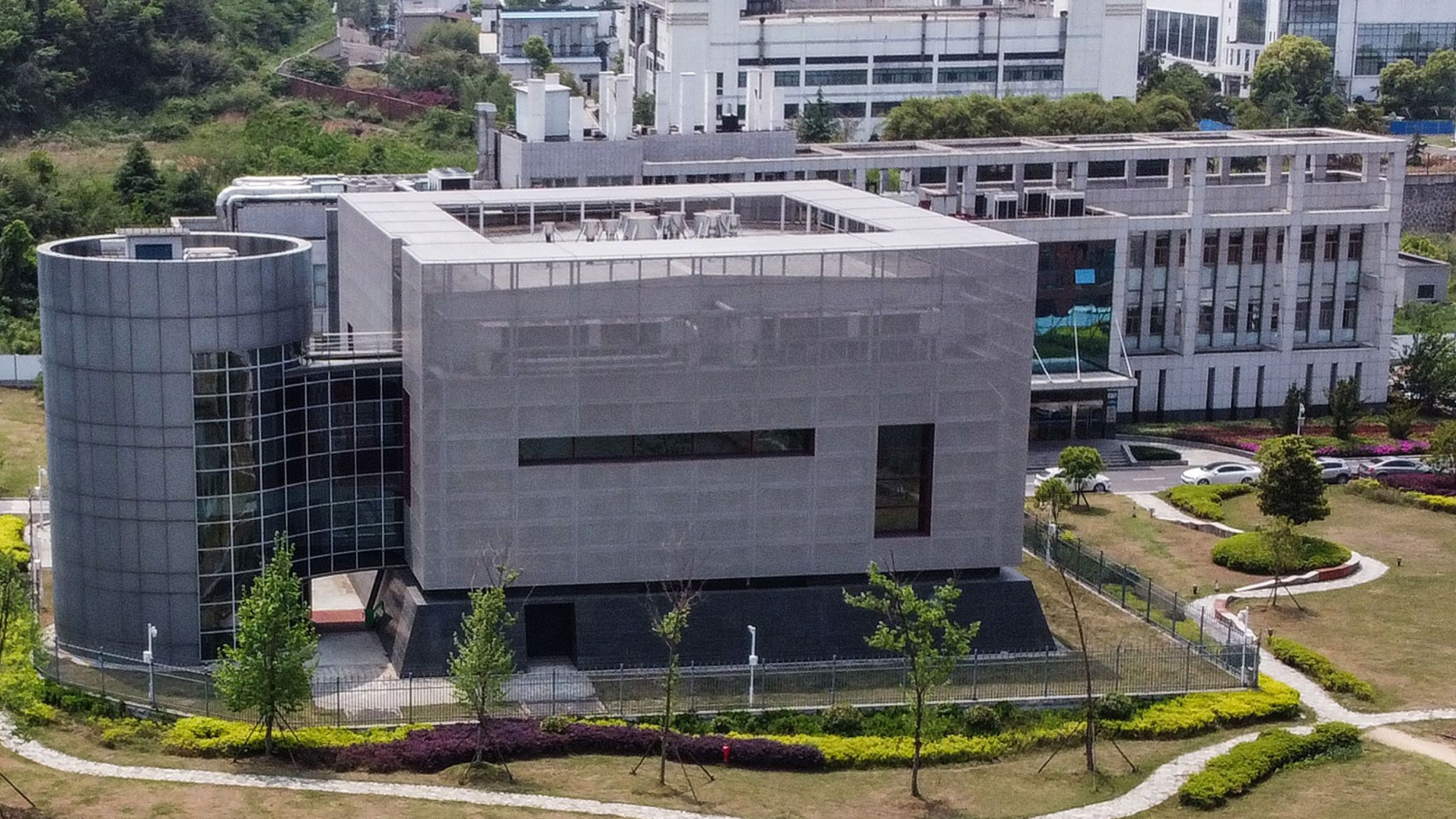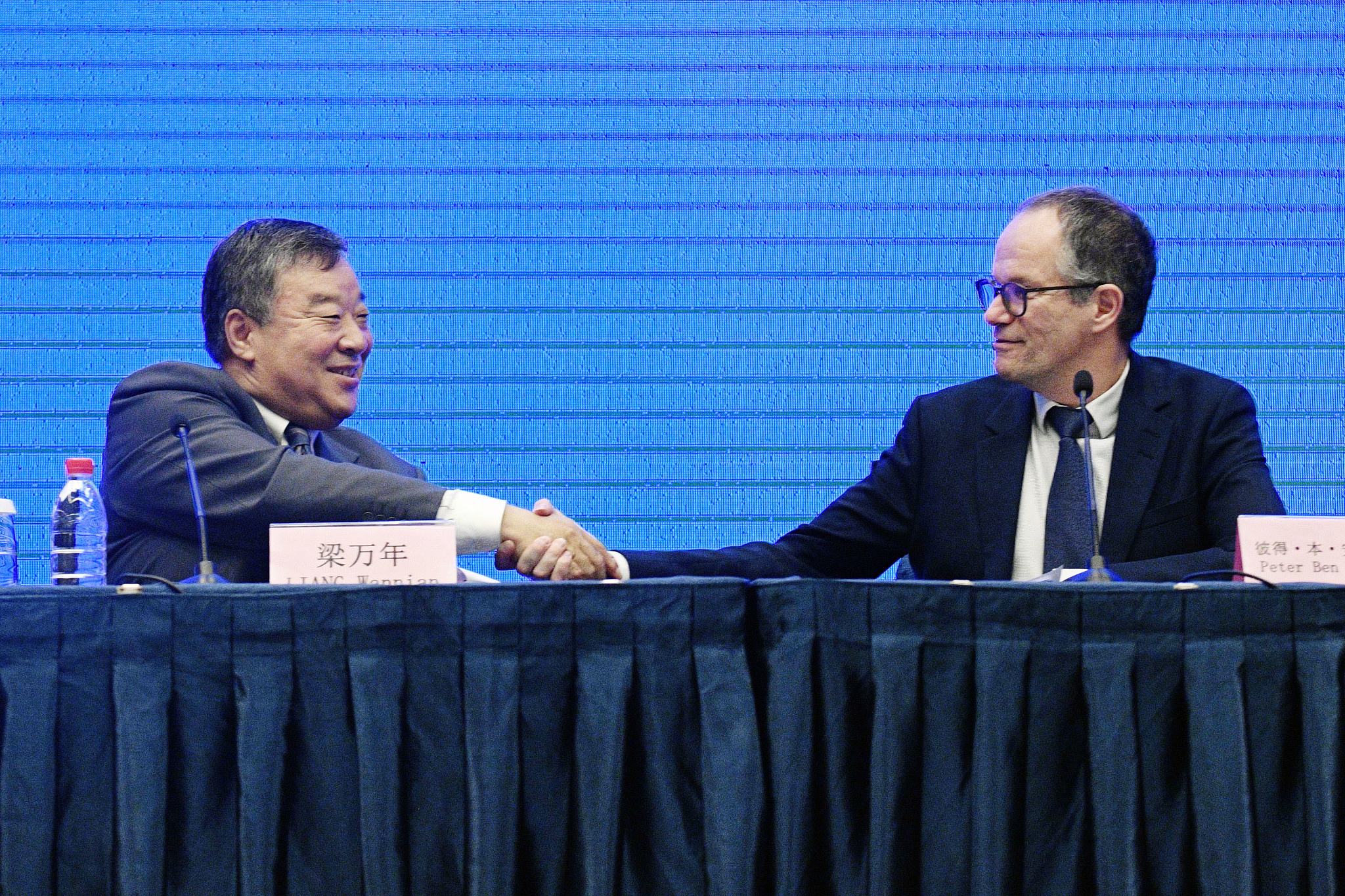
Wuhan Institute of Virology. /VCG
Wuhan Institute of Virology. /VCG
Editor's note: Hannan Hussain is a foreign affairs commentator and author. He is a Fulbright recipient at the University of Maryland, the U.S., and a former assistant researcher at Islamabad Policy Research Institute. The article reflects the author's opinions and not necessarily the views of CGTN.
Quarters of the U.S. intelligence and conservative media have a strange commitment to fact-based inquiry – it is invoked as a reference point for sound policy prescription, but compromised wholesale when focusing on China.
A new story run by the Wall Street Journal on Sunday captures that cleavage to alarming effect, alleging that "a previously undisclosed U.S. intelligence report" provides new grounds for a Wuhan lab COVID-19 leak to gather steam. The lab conspiracy, which took a beating on the back of no evidence, is central to the story's intelligence claim: that three researchers from China's Wuhan Institute of Virology (WIV) allegedly sought hospital care in November 2019, and that this so-called "disclosure" aligns with what the Journal claims to be "growing calls" for a lab virus probe.
So far, those calls have stemmed overwhelmingly from Washington. And this doesn't even scratch the surface of the intelligence contradictions dominating the latest chapter of the lab leak hoax.
Just take a measure of how U.S. intelligence on the WIV lab conspiracy has fared in the recent past. Experts at the World Health Organization dismissed the Wuhan lab hypothesis as "extremely unlikely," and a member of the investigating mission ruled the same brand of U.S. intelligence as unreliable, tough on politics, and "frankly wrong."

World Health Organization (R) and Chinese experts shake hands after a press conference on the WHO-China Joint mission on coronavirus disease in Wuhan, China, February 9, 2021. /VCG
World Health Organization (R) and Chinese experts shake hands after a press conference on the WHO-China Joint mission on coronavirus disease in Wuhan, China, February 9, 2021. /VCG
WIV's Center for Emerging Infectious Diseases chief independently disproved any trace of a virus leak from her laboratories, and the U.S. National Security Council – in a rare veiled maneuver – has refused to play into the intelligence story's lab theory plot beforehand: "We're not going to make pronouncements that prejudge an ongoing WHO study into the source of SARS-CoV-2," said a spokeswoman for the NSC.
These glaring inconsistencies illustrate nothing but the sheer futility of falsifying COVID-19 origins to Chinese labs. Look to the divergence of perspective between informed U.S. officials quoted in the story, and their dearth of consensus on whether the intelligence is to be taken as strong "supporting evidence" at all. It serves the same intelligence community's interests to relinquish its alternation of virus origin realities, especially when that endeavor risks inflicting the most damage on the U.S.'s own anti-pandemic transparency pledge to the world.
Interestingly, there is also good enough reason to question the timing of the story as politically expedient, particularly to alter the atmospherics of this week's World Health Assembly meeting, WHO's highest decision-making body. The WSJ adds weight to this nexus by stating, on the one hand, that its "disclosure" of alleged WIV personnel illnesses is in sync with the build-up to the Health Assembly meetings starting May 24. On the other hand, the same story skews what the forum is bound to consider as its chief priority: interventions to end the pandemic, much less reconfiguring a multilayered COVID-19 origins inquiry to suit adverse expectations.
As early as March, the Wuhan Institute of Virology made its zero-infection record public, and the accompanying statement effectively ruled out any COVID-19 facility exposure prior to December 2019. That institutional record is worth pondering over as it stands undiminished over time. More deeply, the explicit time period expressed by WIV supersedes what the U.S. intelligence now appears to allege as WIV-linked personnel "illnesses" emerging in November 2019.
Ironically, the report also reminds us that these same lab leak theories are holdovers from the Trump administration's contentious "fact sheet," one which mendaciously politicized a global pathogen to peddle conspiracies about Chinese researchers in the first place. It is here that the Chinese Foreign Ministry is spot on to italicize what the key parameters for cooperation with WHO on origin-tracing should entail: it must be a borderless pursuit grounded in a "scientific and cooperative attitude." Beijing has led on these parameters by example, and can therefore credibly communicate contours to a world keen on furthering pandemic transparency.
But the same guidance should be a wake-up call for eight U.S. federal agencies that have mustered so-called recommendations to push back against WHO's mission findings in China, a bid to greenlight future origin-tracing maneuvers. What such secrecy-shrouded draft work really does is that it explains the roots of repeated U.S. dependency on conspiracies such as the COVID-19 lab outbreak, and the targeting of China to sell that conjecture at home.
But these hammered lab conspiracies are accomplishing an appalling contrast in practice: the world wants to put a scientific inquiry on a pedestal, and yet Washington is adamant on transferring conspiracy-laden intel from one administration to the other.
(If you want to contribute and have specific expertise, please contact us at opinions@cgtn.com.)

